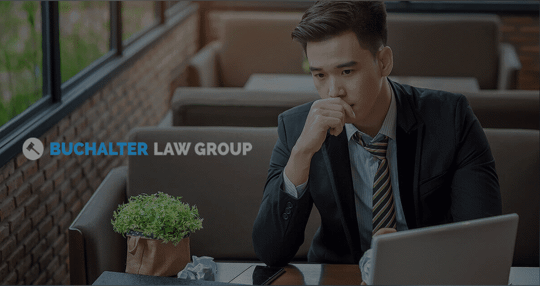Chapter 13 is a popular bankruptcy option for individuals hoping to adjust their mortgages or avoid foreclosure. But how exactly does this work, considering that mortgages are a form of secured debt, and bankruptcy cannot discharge secured debt?
There are two major ways you can use Chapter 13 to lower your mortgage payments: lien-stripping and mortgage modifications. Here is a brief overview of both.
Lien-Stripping
A lien is an entity’s legal claim to your property in the event that you fall behind on payments, and this claim may be either voluntary or involuntary.
Mortgages involve voluntary liens, in which you agree to the lender’s legal right to your home if you fall behind on payments. Similarly, if you take out an automobile loan to finance a vehicle, the lender has a lien on your vehicle that allows them to repossess it if you miss payments.
Involuntary liens, however, are placed onto your property when you don’t pay what you owe. If an unsecured creditor takes you to court and obtains a judgment against you, they may be able to place a lien on one of your assets. The IRS can do so without taking you to court first. If you were to sell these assets, the creditor that attached the lien would receive the proceeds.
When you file Chapter 13, your lien-stripping options are limited—but, if you owe more than the value of your home, and you have multiple mortgages, you may greatly benefit from this process.
For example, let’s say your home is worth $150,000. You owe:
- $175,000 on the original mortgage you took out to buy the home; and
- Another $25,000 on a home equity loan (second mortgage) that you took out to cover other expenses.
Because you owe more on the principal mortgage than the home is worth, the bankruptcy court can essentially convert the second mortgage into unsecured debt (i.e. strip the lien). Once you complete your Chapter 13 repayment plan, which generally takes 3-5 years, the court can discharge that amount along with other unsecured debts.
Unfortunately, cramdowns (when the court reduces what you owe on a property down to its fair market value) are not available for a Chapter 13 filer’s primary residence. In the above example, therefore, you would not be able to reduce your principal mortgage to $150,000—it would remain at $175,000. You may have better luck achieving a cramdown in Chapter 13 on a loan for your vehicle, furniture, or other properties.
Chapter 13 Mortgage Modifications
During your Chapter 13 case, you may be able to negotiate a mortgage modification with your lender. Due to the automatic stay, they won’t be able to initiate or continue foreclosure, which is why it may be in their best interests to work toward a more reasonable plan. This could involve lowering the interest rate or extending the terms, both of which would lower your monthly payments.
Explore Your Options with Help from Our Attorneys
At Buchalter & Pelphrey Attorneys At Law, our goal is to develop the most effective debt-relief solutions for our clients. We are prepared to conduct a thorough assessment of your financial situation, ask you about your short-term and long-term goals, and answer any questions you may have as we move forward with a fully customized strategy.
Financial freedom may be just around the corner. Call (321) 320-6088 or contact us online to get started with a free consultation today.

